For a world immersed in digital and streaming services, the resurgent popularity of vinyl records may come as a surprise to many. This article aims to explain the allure of this analog format and provide insights into the art of vinyl collecting and listening.

The Vinyl Revival in the Digital Age
In today's technologically advanced age, virtually everything is readily available at our fingertips. With a single click or swipe, we can instantly stream any song, from any artist, at any moment in time. It's a convenience that permeates our lives, turning music into an often impersonal background noise. Amid this digital dominance, why do some music enthusiasts and audiophiles choose to turn back to analog music formats like vinyl records? The reason lies in the unique appeal that vinyl records offer - an experience far removed from the impersonal nature of digital music.
Vinyl creates an engaging, tactile connection that digital streaming platforms fail to provide. The ritual of removing the record from its sleeve, placing it on the turntable, and gently dropping the needle onto the spinning disc gives listeners a palpable sense of interaction with their music. This hands-on engagement, a key part of the vinyl experience, adds a layer of personal connection and intimacy to the act of music listening, thus transforming it from a passive act to an immersive and active experience. It's a step back in time that offers a rich, multi-sensory experience that the digital world, despite its various conveniences, struggles to replicate.
A Brief History of Vinyl Records: A Quick Rewind
Vinyl records have a rich and storied history that dates back to the late 19th century. The initial phonograph record, invented by Thomas Edison in 1877, used cylindrical records made of tinfoil, which were later replaced by shellac discs in the early 20th century. But it wasn't until the 1930s that vinyl, a more durable and less noisy material, was introduced. In 1948, Columbia Records unveiled the 12-inch Long Play (LP) vinyl record, which could play up to 22 minutes per side and became the industry standard.
The resurgence of vinyl records in the 1950s and 1960s marked a pivotal era in the music industry, profoundly influencing pop culture and musical consumption habits. During these decades, vinyl became the dominant medium for music distribution, thanks in part to the advent of rock and roll and the rise of iconic bands such as The Beatles and The Rolling Stones. The tactile nature of vinyl records, coupled with the ritual of handling and playing them, enhanced the listener's engagement with music. This period also saw the introduction of the 33 1/3 RPM long-playing (LP) record, which allowed for longer albums and thus more extensive musical expressions. By the 1970s, vinyl records had entrenched themselves as cultural icons, accounting for over 60% of music sales and peaking in popularity. This decade is often considered the golden age of vinyl, characterized by the release of landmark albums whose cover art and liner notes added layers of meaning to the music contained within.
However, with the advent of cassette tapes in the late 70s, and then compact discs (CDs) in the early 80s, vinyl sales began a steady decline. By the early 1990s, CDs had virtually replaced vinyl records in the music market.
The Resurgence: Numbers and Trends
Despite the dominance of digital formats, vinyl records have experienced a surprising resurgence in the 21st century. A new generation of listeners, along with dedicated audiophiles, have rediscovered the unique charm of vinyl, drawn to the rich, analog sound and the physical engagement that vinyl offers.
The resurgence isn't just a fad; it's a significant trend that has seen a consistent increase over the past decade. Today, buying vinyl records, whether in-store or online, has become a favored practice for many music lovers, indicating that this vintage format is once again becoming an essential part of our musical landscape.
Understanding the Allure of Vinyl Records
The Tactile Interaction: A Physical Connection
In stark contrast to digital music, vinyl records invoke a distinct physical connection that goes beyond merely pressing a button. The process begins with sliding the vinyl out of its sleeve, a tactile experience that invites anticipation, fostering a unique relationship between the listener and the music artifact in their hands.
The process continues as the listener carefully places the record onto the turntable, aligning the needle before it's gently dropped onto the spinning disc. This ritualistic process, far removed from the instant gratification of digital platforms, connects listeners intimately to the music. It's an engaging ceremony that commands active participation and enhances the overall music-listening experience.
The Artwork: Larger Than Life
Vinyl records offer a visual dimension to the music experience that digital platforms simply cannot replicate. The large album covers serve as a canvas for striking artwork, often created by renowned artists, contributing to the aesthetic and emotional resonance of the album. This tangible and visual aspect of the record amplifies the connection between the listener and the music, transforming each record into a piece of art.
Vinyl records provide not only a unique auditory experience but also serve as a gateway to a deeper, more immersive connection with the music and its creators. These records offer a tactile and visual element that digital formats simply cannot match. Here’s why enthusiasts value them so highly:
- Liner Notes and Posters: Included within the album covers, liner notes and posters give fans a peek into the artists' minds during the album's creation. These notes often include personal messages, stories about the making of the album, and details about each track's development. Posters, often artistically rich, provide a visual representation of the album's theme or the artist's aesthetic at the time. This combination not only enriches the listener's understanding but also transforms the album into a piece of art, bridging the gap between music and visual culture.
- Lyric Sheets: Found within many vinyl album covers, lyric sheets allow listeners to follow along with each song, ensuring a deeper understanding and appreciation of the music. They enable fans to decipher the lyrics accurately, catching nuances and expressions that might be missed when listening alone. This insight can lead to a greater emotional connection to the music, as fans gain a clearer grasp of the themes, stories, and emotions the artist is conveying. Lyric sheets transform passive listening into an active, engaging experience, enriching the listener's relationship with the album.
Vinyl records do more than play music; they create an immersive experience that engages multiple senses. It's these unique aspects of the vinyl experience that often encourage music enthusiasts to buy vinyl records, either online or from their local record store, enriching their music consumption with a depth and tangibility that's absent in the digital realm.

Sound Quality: The Warmth of Analog
The unique sound quality of vinyl records is a standout aspect that differentiates them from other music formats. While digital music offers precision and clarity, vinyl has its distinctive sonic appeal. The analog nature of vinyl imparts a warm, rich sound characterized by subtle nuances that aficionados describe as 'organic' or 'authentic.'
This rich sonic profile that vinyl records offer is often perceived as more emotionally engaging than its digital counterpart. The slight pops and crackles, the occasional hiss, and the depth of the audio range, all contribute to an auditory experience that is both raw and dynamic. For many listeners, this sense of acoustic warmth and emotive resonance that vinyl records provide is not just a retro novelty, but a deeply immersive and satisfying way to experience music.
An Immersive Music Experience: The Ritual
Playing a vinyl record involves a level of engagement that far transcends the simple act of pressing 'play' on a digital platform. It's a time-honored ritual that commands the listener's attention, compelling them to be an active participant in the process. This intimate interaction with music, facilitated by the manual handling and operation of the record and turntable, invites the listener into a deeper, more thoughtful exploration of their chosen soundtrack, transforming the act of listening into a truly immersive experience.
Why Vinyl in the Age of Streaming?
The Joy of Collection: Building a Tangible Music Library
People's motivations for buying records, whether online or from a brick-and-mortar vinyl record store, extend beyond just the auditory experience. Part of the allure lies in the thrill of building a personal collection. It's a passionate endeavor, a form of treasure hunting, where every album represents a tangible piece of their favorite music. This process of acquisition and ownership, of curating a bespoke music library, provides a sense of accomplishment and personal connection to the music that simply can't be replicated in the digital realm. The act of possessing these records serves as a testament to their love for music, transforming their collection into a visible, touchable reflection of their musical journey.
The Social Aspect: Community and Conversation
Engaging with vinyl records, whether through buying or discussing, often transcends the solitary act of music consumption, turning it into a profoundly social experience. Whether you choose to buy vinyl records online or make your selection in a physical store, you inherently join a vibrant, global community of enthusiasts. This network of vinyl aficionados is as diverse as the music the records hold, yet united in their passion for the format. They relish sharing their latest finds, discussing the nuances of their favorite pressings, and exchanging tips on caring for their collections. This community aspect adds another layer to the vinyl experience, turning it into a shared journey of discovery and appreciation, fostering connections that echo the deep, resonating sounds of the records themselves.
Essential Elements of Vinyl Records
The mechanics of vinyl records and record players are rooted in a beautiful blend of simplicity and sophistication. A vinyl record is etched with a continuous, spiraled groove, with varying depths and shapes representing different sound frequencies. As the record spins on the turntable, the stylus, or needle, traces these grooves, converting the minute variations into electrical signals via the cartridge. This electrical signal is then amplified and output through speakers, transforming these etchings into audible music - a testament to the marvel of analog sound technology.
Starting a Vinyl Record Collection
Starting a vinyl record collection can seem daunting at first, but with a few simple steps, you can embark on this rewarding journey. Begin with defining your musical taste. Are there specific artists, genres, or eras that you are particularly passionate about? Once you have a clear idea, you can start to buy vinyl records that align with these preferences. Don't rush to fill your collection; instead, savor the process of discovering and acquiring each record. Consider the following tips when starting your collection:
- Start by Exploring Different Genres and Artists: Embarking on your vinyl collecting journey should begin with a broad exploration of musical genres and artists. Visit a local record store or check an online record store. Don't rush the process. Whether you're digging through crates in a physical store or browsing an online record store, always keep an open mind. Engaging with store clerks or online forums can also offer insights and recommendations. Open-mindedness is key; the next record you pick up could be an album that becomes a cornerstone of your collection.
- Quality Over Quantity: When building your vinyl collection, focus on acquiring records that you truly love rather than amassing a large number of albums you're indifferent about. Prioritize the quality of each record, both in terms of the music it holds and its physical condition. This is especially important when considering second-hand vinyl, where the condition can greatly affect the listening experience. Look for records that are free from scratches and warping. A smaller collection of high-quality, cherished records will provide more satisfaction and enduring value than a larger, less discerning compilation.
- Explore Local and Online Record Stores: To effectively build your vinyl collection, make use of both local and online record stores. Local stores are valuable for their community feel and the expertise of their staff. These enthusiasts can provide personalized recommendations and help you learn about the nuances of record collecting. On the other hand, online stores can offer a wider array of options, often allowing you to find specific albums or rare pressings that are not available locally. Both avenues are essential, each offering unique benefits that can enhance your collecting experience.
Remember, building a vinyl record collection is a personal journey, one that reflects your unique musical taste and passion. Continue to refine your collection with thoughtful selections, and always remain open to new musical discoveries. This approach will ensure your vinyl collection remains vibrant and personally rewarding for years to come.

Care and Maintenance of Vinyl Records
Caring for and maintaining vinyl records requires a level of diligence that mirrors the engaged listening experience they provide. A vital first step is to handle them correctly. One should always grip the records by the edges or the labeled area to prevent oils from the skin from contaminating the grooves, which can affect the sound quality. Similarly, when not in use, records should be stored upright in their protective sleeves to guard against dust accumulation and possible warping.
Maintaining the quality and longevity of vinyl records is not just about the nostalgia of physical media; it's a commitment to preserving the rich sound and authentic experience they offer. Regularly cleaning and properly storing your vinyl can significantly enhance their lifespan and sound quality. Here are a few key steps you should follow:
- Use a Record-cleaning Solution and a Soft, Anti-Static Cloth or Brush: Begin by applying a few drops of a record-cleaning solution designed specifically for vinyl records. Using a soft, anti-static cloth or brush, gently sweep away dust and fingerprints from the record's surface. It's crucial to follow the grooves and move from the outside edge toward the center to avoid damaging the delicate vinyl. This method not only cleans the surface but also helps in reducing static charges that can attract more dust.
- Store Records Away from Heat Sources, Direct Sunlight, and Humid Areas: Vinyl records are particularly susceptible to heat and humidity, which can warp the record and degrade the sound quality over time. To prevent this, store your records in a cool, dry place away from direct sunlight and any heat sources such as radiators or vents. Ideally, records should be stored vertically to avoid any pressure that can cause them to warp.
- Keep Your Turntable Needle Clean: The needle, or stylus, of your turntable is the point of contact between your record and the sound system. A dirty needle can scratch and wear down the grooves of your records, impairing sound quality. Regular cleaning of the needle with a soft brush or a specialized stylus cleaning solution will ensure the best playback quality and prolong the life of both your records and the stylus.
- Replace Inner and Outer Sleeves as Necessary: Paper sleeves, though common, can shed fibers that deposit dust and other particles into the grooves of the record. Consider replacing old or worn sleeves with new, high-quality anti-static sleeves. This not only prevents static build-up that attracts dust but also provides better protection against physical damage when handling or storing records.
Proper care of your vinyl records is a rewarding endeavor. Not only does it ensure the best sound quality, but it also preserves your music collection as a lasting treasure. By following these detailed steps, you're not just maintaining your records; you're respecting the art and history they embody. Continue to enjoy your music with the peace of mind that comes from knowing your collection is well cared for.
As we've seen, the allure of vinyl records goes beyond just music. They offer a tactile, engaging, and immersive experience. So why not delve into the world of vinyl? Whether you're a seasoned audiophile or a new enthusiast, there's always more to discover in this enduring and captivating format.
![Mac Miller - Swimming [2LP]](http://vinyl.com/cdn/shop/files/Mac_Miller_-_Swimming_2LP.jpg?v=1714613928)
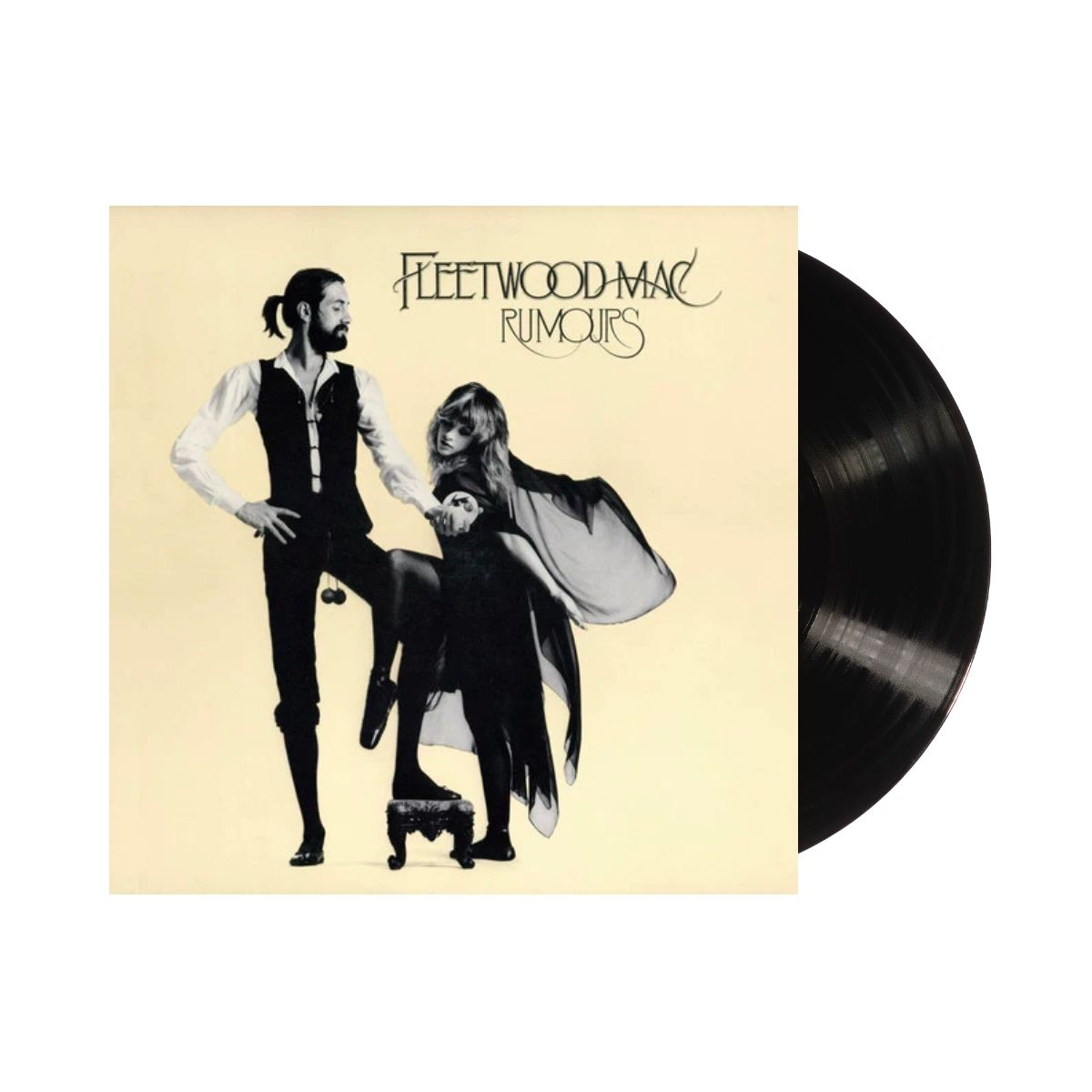
![Dr Dre - 2001 [2LP]](http://vinyl.com/cdn/shop/files/Dr_Dre_-_2001_2LP.jpg?v=1715063365)
![Mac Miller - Watching Movies with the Sound Off (10 Year Anniversary Edition) [Galaxy/Zeotrope 3LP]](http://vinyl.com/cdn/shop/files/4230130-3017390.jpg?v=1700438702)
![Green Day - Dookie (30th Anniversary Edition) [Baby Blue]](http://vinyl.com/cdn/shop/files/green_day_dookie_30th_anniversary_blue_vinyl.jpg?v=1707274488)
![Paramore - Riot! (FBR's 25th Anniversary Edition) [Silver]](http://vinyl.com/cdn/shop/files/paramore_riot_silver_vinyl.png?v=1717033850)
![Live - Throwing Copper (25th Anniversary Edition) [2LP]](http://vinyl.com/cdn/shop/files/Live_-_Throwing_Copper_25th_Anniversary_Edition_2LP.jpg?v=1711417509)
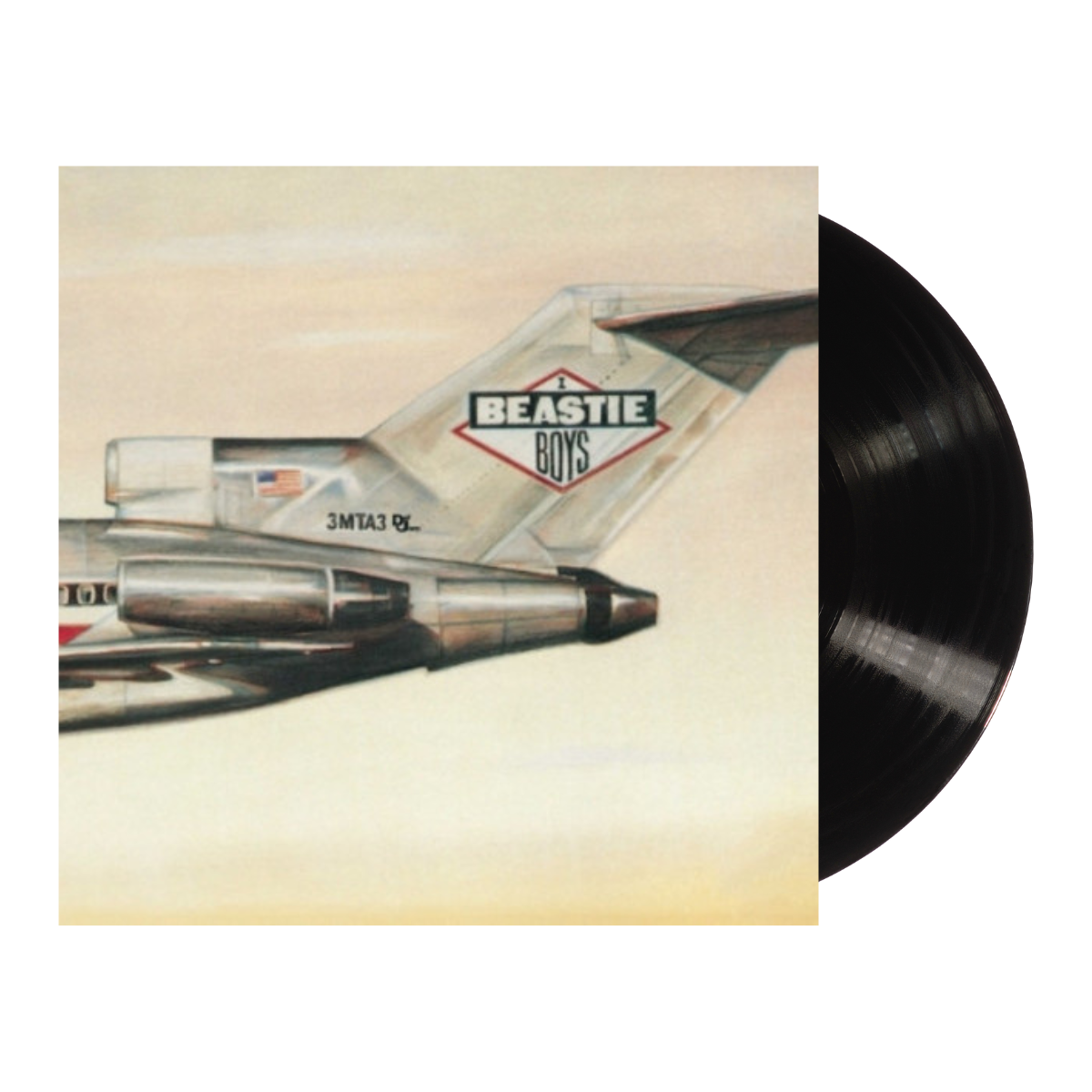
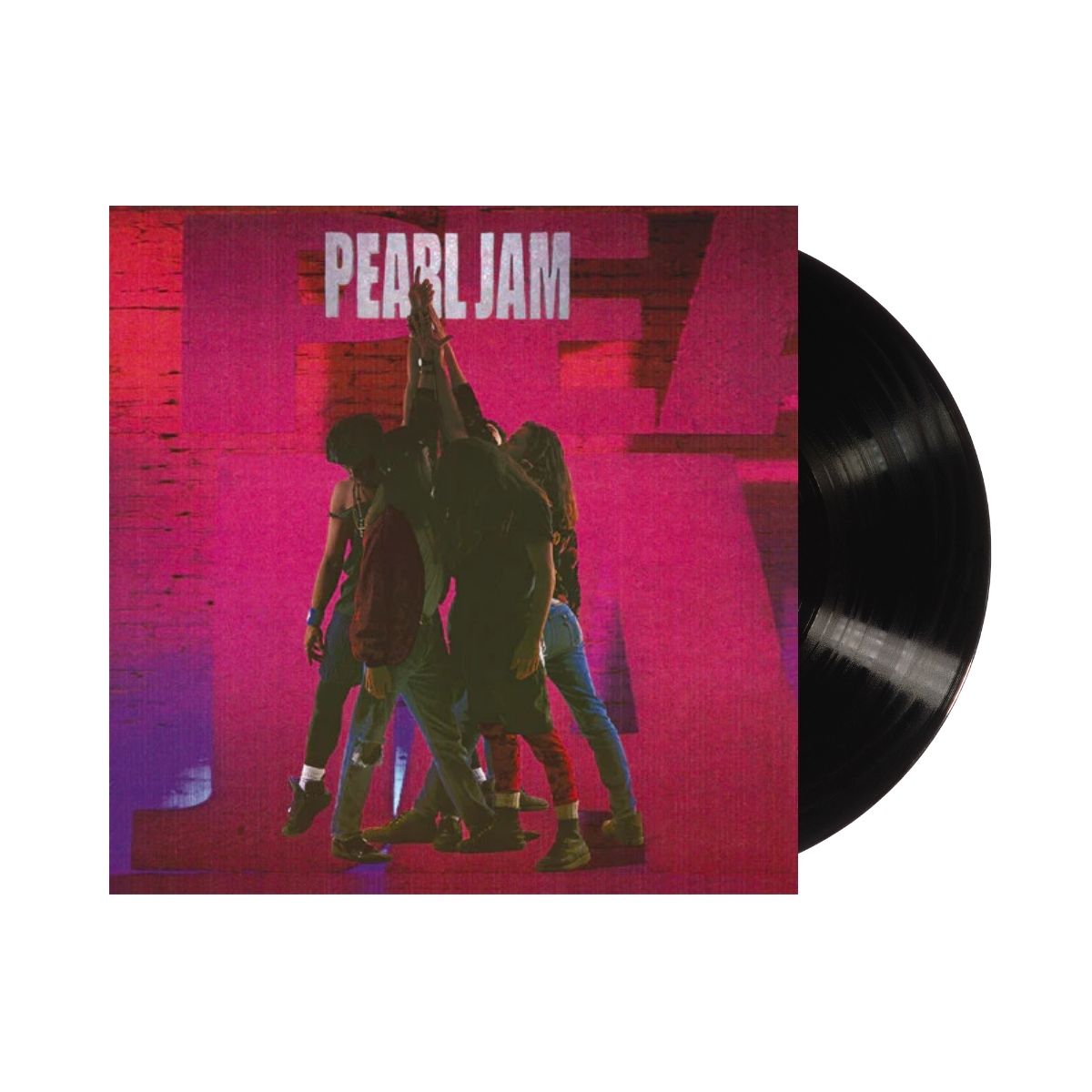





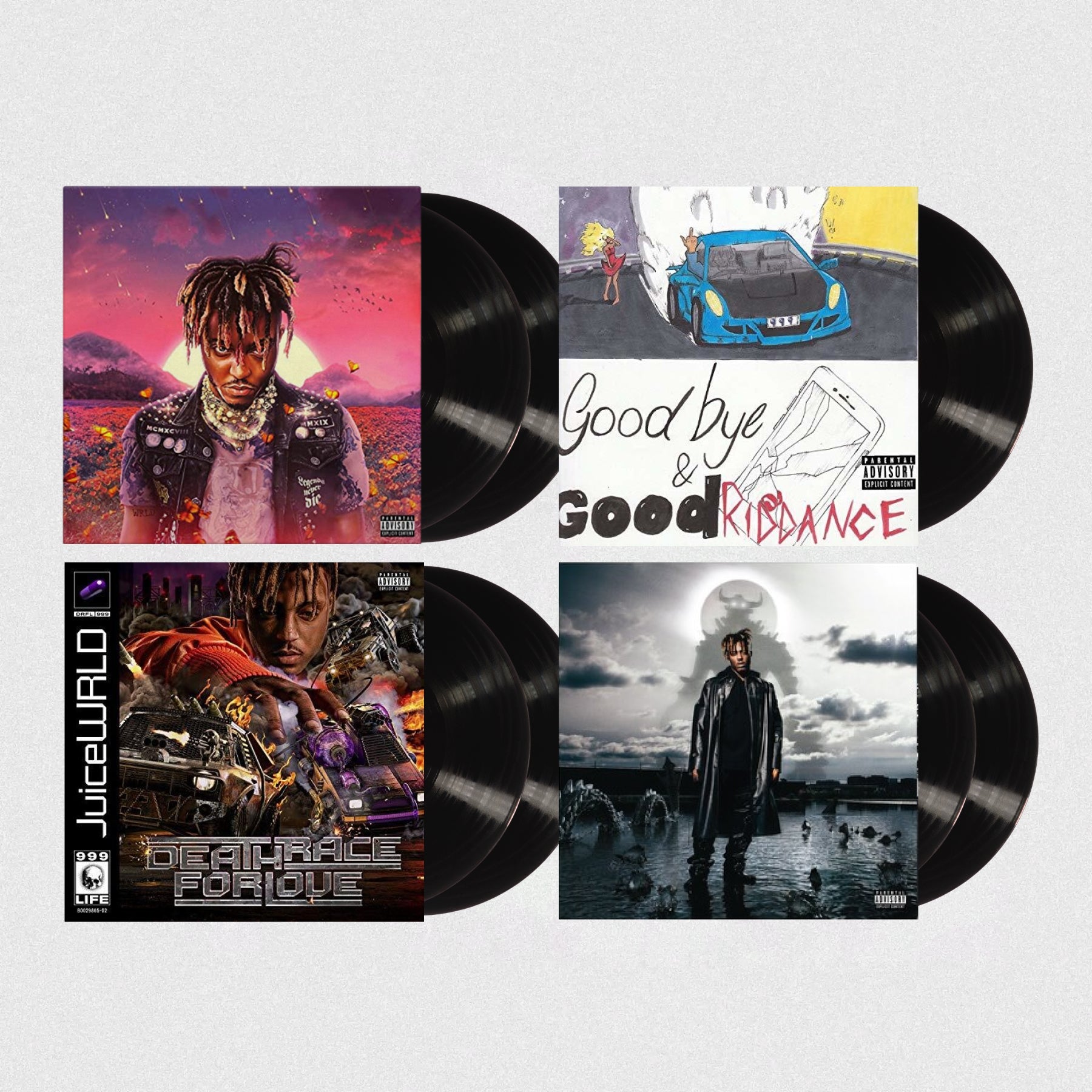
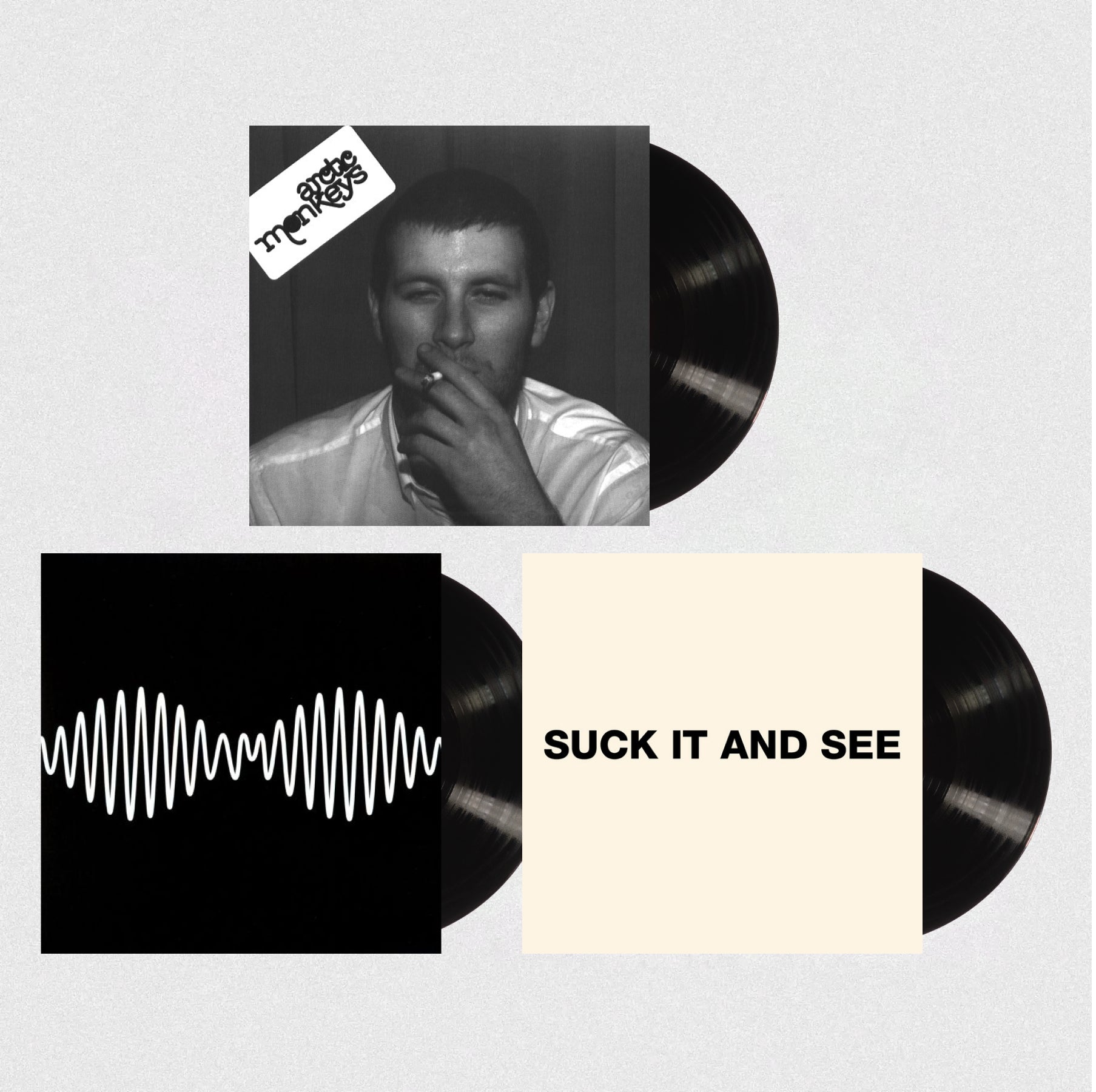
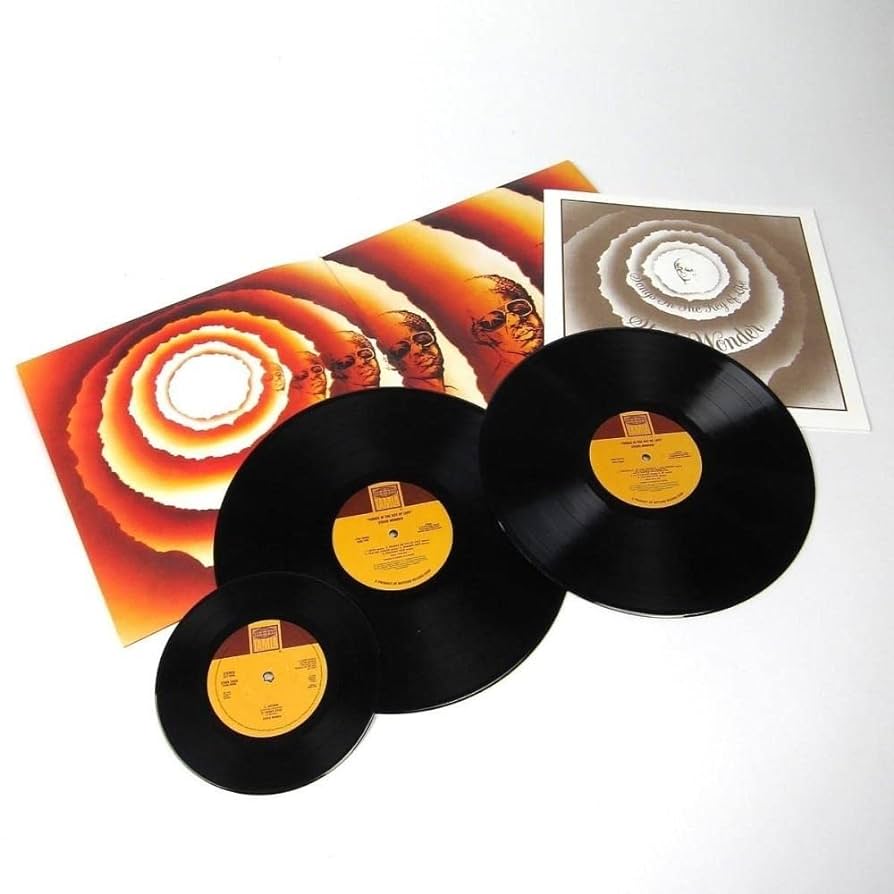
![Eminem - The Eminem Show (Deluxe Edition) [4LP]](http://vinyl.com/cdn/shop/files/Eminem-TheEminemShow_DeluxeEdition_4LP.png?v=1724754222)
![Green Day - Dookie (30th Anniversary Deluxe Edition) [6LP]](http://vinyl.com/cdn/shop/files/4243375-3033930.jpg?v=1695677975)
![Bruce Springsteen - Album Collection Vol 1. 1973-1984 [8LP]](http://vinyl.com/cdn/shop/products/bruce_springsteen_8lp_vinyl_box_set.png?v=1681360849)
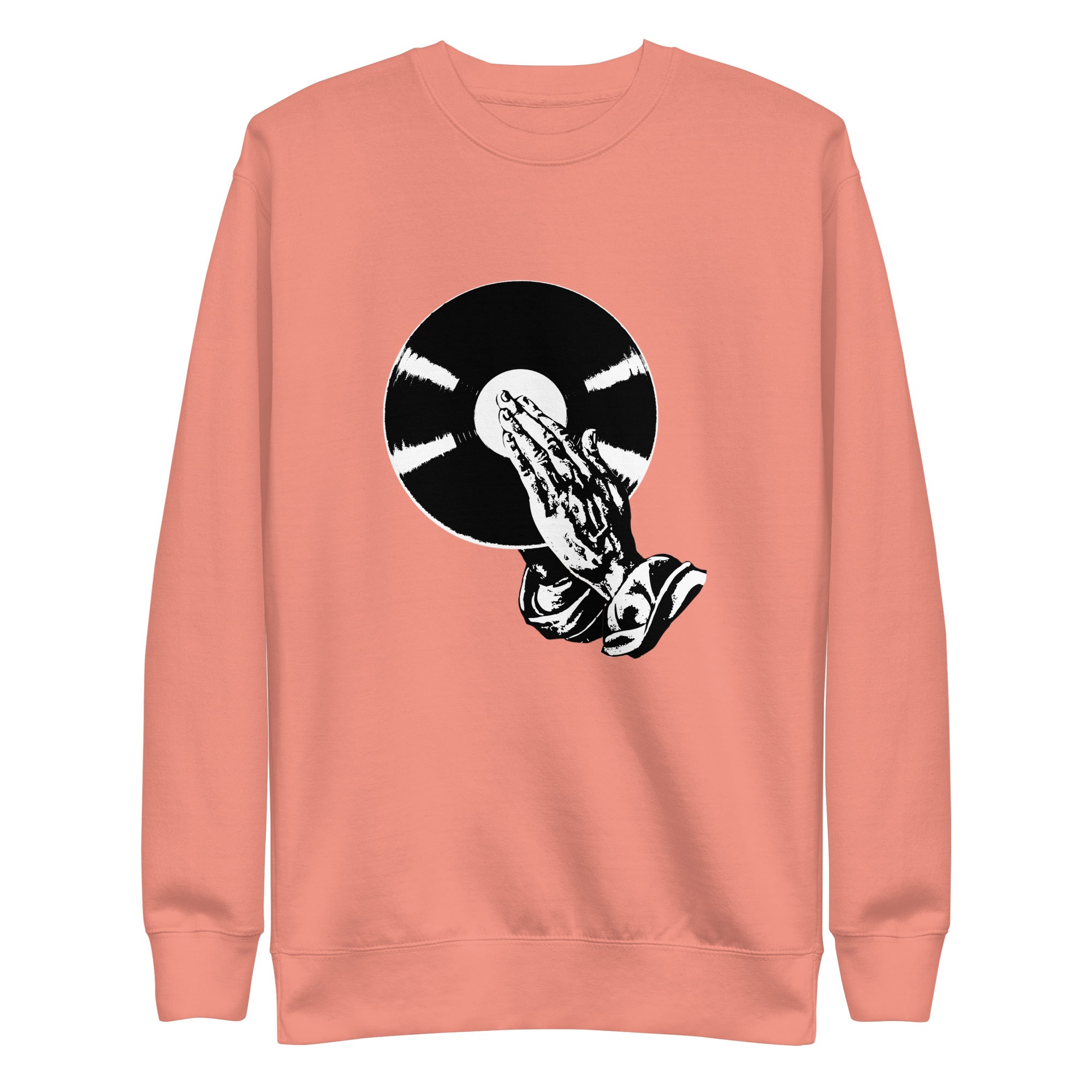

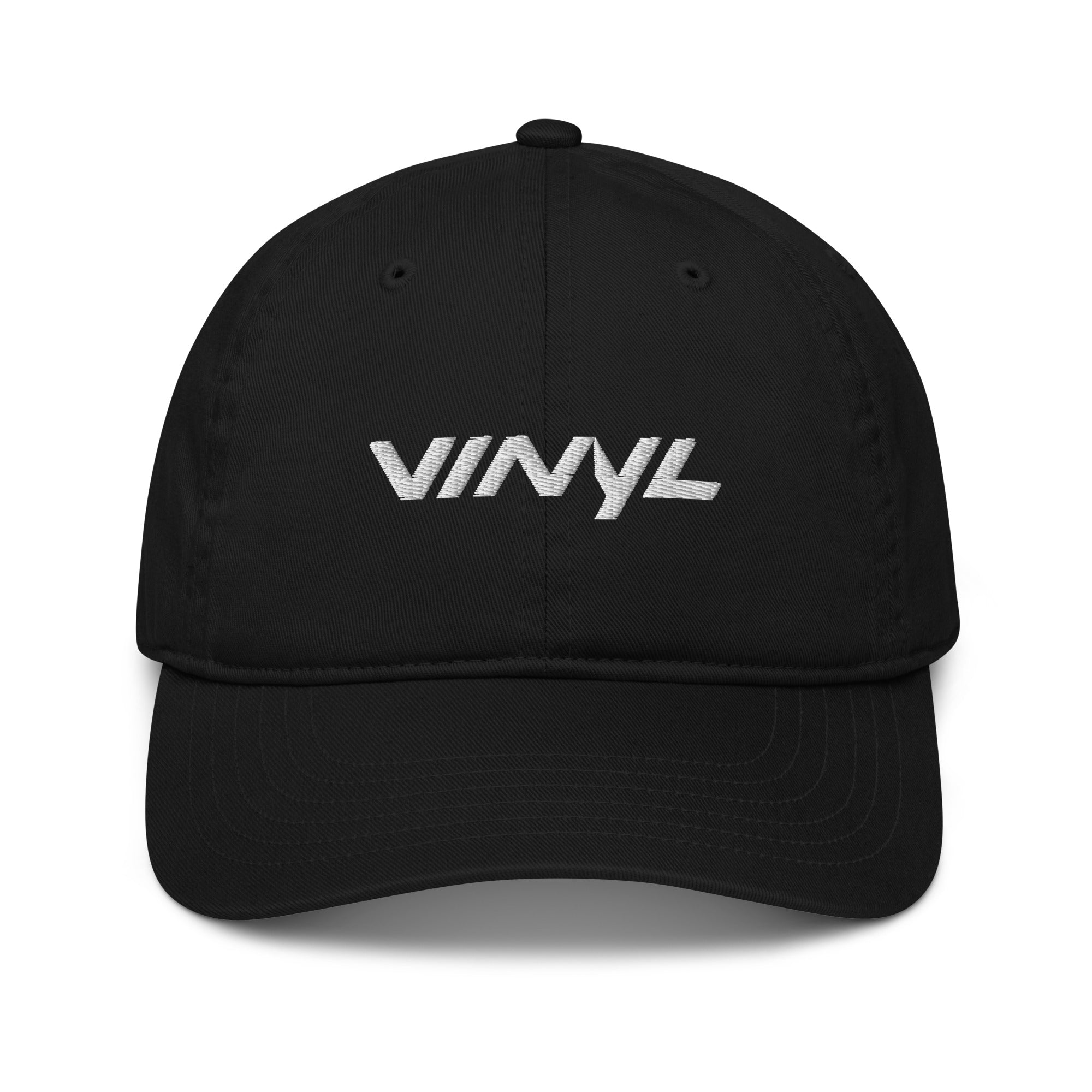

![SZA - CTRL [Green 2LP]](http://vinyl.com/cdn/shop/products/SZA_vinyl_ctrl_2LP.jpg?v=1677728584)
![Taylor Swift - 1989 (Taylor's Version) [Crystal Skies Blue 2LP]](http://vinyl.com/cdn/shop/files/taylor_swift_1989_taylors_version.jpg?v=1717040645)
![Taylor Swift - Speak Now (Taylor's Version) [Orchid Marble 3LP]](http://vinyl.com/cdn/shop/files/taylor-swift-speak-now-taylors-version-orchid-marbled-vinyl-sealed-uk-3-lp-vinyl-album-record.webp?v=1692333548)
![Ed Sheeran - Divide [2LP]](http://vinyl.com/cdn/shop/files/Ed_Sheeran_-_Divide_2LP_fda4a8f4-b79c-4fc8-b5ed-251d2303a81d.jpg?v=1712547036)
![Limp Bizkit - Significant Other [2LP]](http://vinyl.com/cdn/shop/files/Limp_Bizkit_-_Significant_Other_2LP.jpg?v=1715063325)
![Tool - Lateralus [Picture Disc 2LP]](http://vinyl.com/cdn/shop/files/TOOL_Lateralus_2LP_picturedisc.webp?v=1720540931)
![The Prodigy - Fat Of The Land (25th Anniversary Edition) [Silver 2LP]](http://vinyl.com/cdn/shop/files/the_prodigy_the_fat_of_the_land_25_anniversary_silver2LP.jpg?v=1719540508)
![Daft Punk - Random Access Memories [2LP]](http://vinyl.com/cdn/shop/files/FLAEJ8-1655843660-1600x1600-1655843652-888837168618.jpg?v=1719554451)
![Moby - Play [2LP]](http://vinyl.com/cdn/shop/files/Moby_-_Play_2LP.jpg?v=1723093529)
![SZA - SOS [2LP]](http://vinyl.com/cdn/shop/files/sza_sos_vinyl.png?v=1687307938)
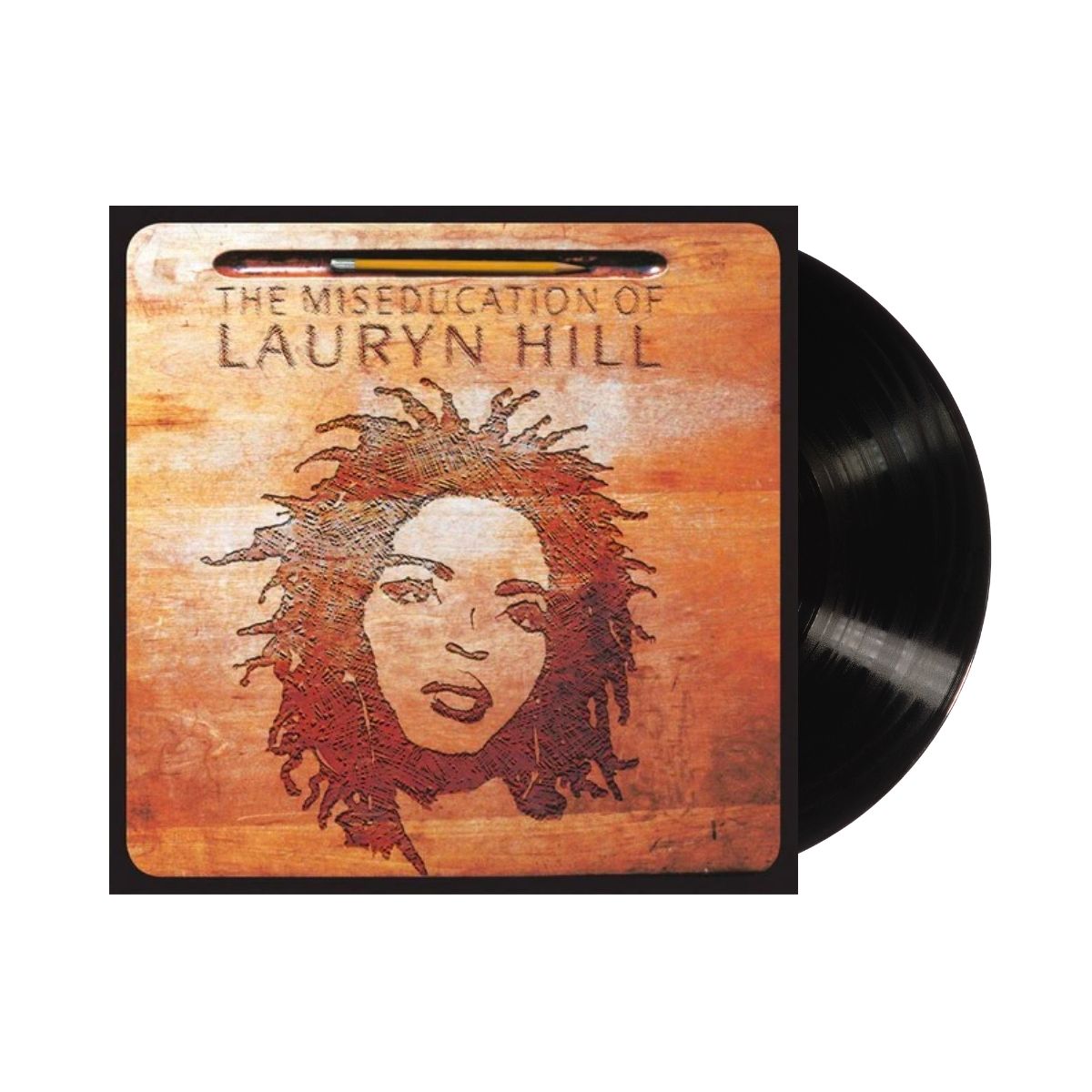
![The White Stripes - Elephant (20th Anniversary Edition) [Red Smoke/Clear 2LP]](http://vinyl.com/cdn/shop/files/white_stripes_elephant_20th_anniversary_red_smole_2lp_vinyl_1.webp?v=1706650772)
![Led Zeppelin - Led Zeppelin IV (ATL75 Edition) [Clear]](http://vinyl.com/cdn/shop/files/led-zeppelin-led-zeppelin-iv-clear-vinyl-atl75-vinyl-lp.webp?v=1698127655)
![Tom Waits - Closing Time (50th Anniversary Edition) [2LP]](http://vinyl.com/cdn/shop/files/Tom_Waits_Closing_Time_2LP_vinyl.webp?v=1704342409)

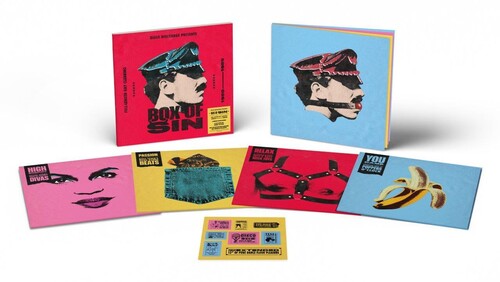
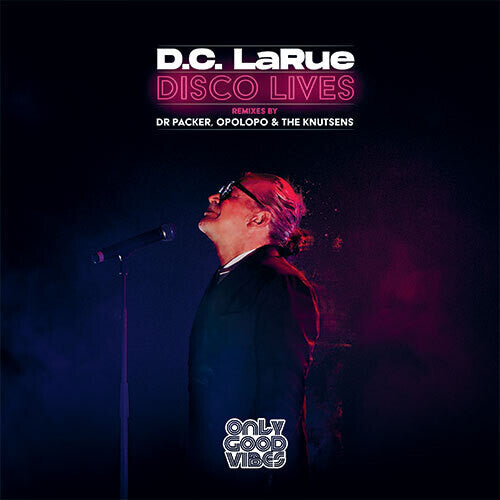
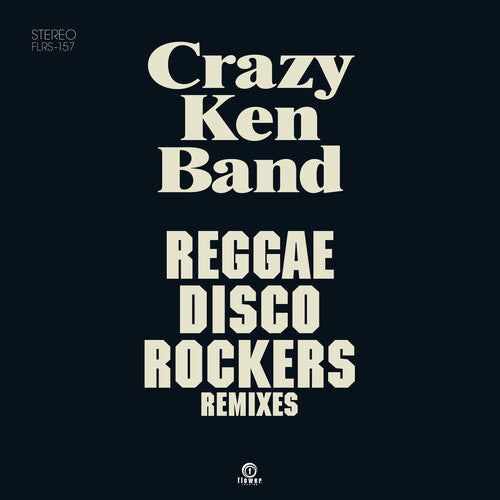

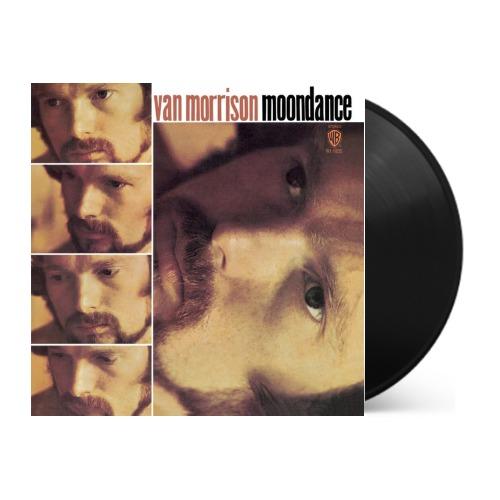

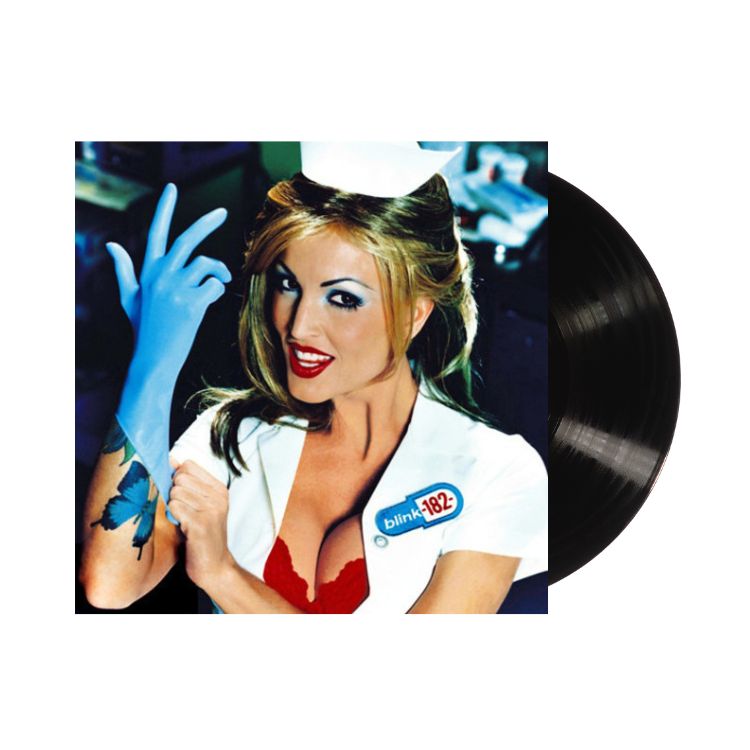
![Daft Punk - Tron: Legacy (Original Motion Picture Soundtrack) [2LP]](http://vinyl.com/cdn/shop/files/daft-punk-tron-legacy-vinyl-141307-0-1657065437.jpg?v=1720423741)
![Various Artists - Barbie The Album (Original Soundtrack) [Hot Pink]](http://vinyl.com/cdn/shop/files/barbie_vinyl_pink.webp?v=1692347076)
![Danny Elfman - The Nightmare Before Christmas (Original Soundtrack)[Zoetrope Picture Disc 2LP]](http://vinyl.com/cdn/shop/files/danny-elfman_nightmare_before_christmas_vinyl.jpg?v=1698279266)
